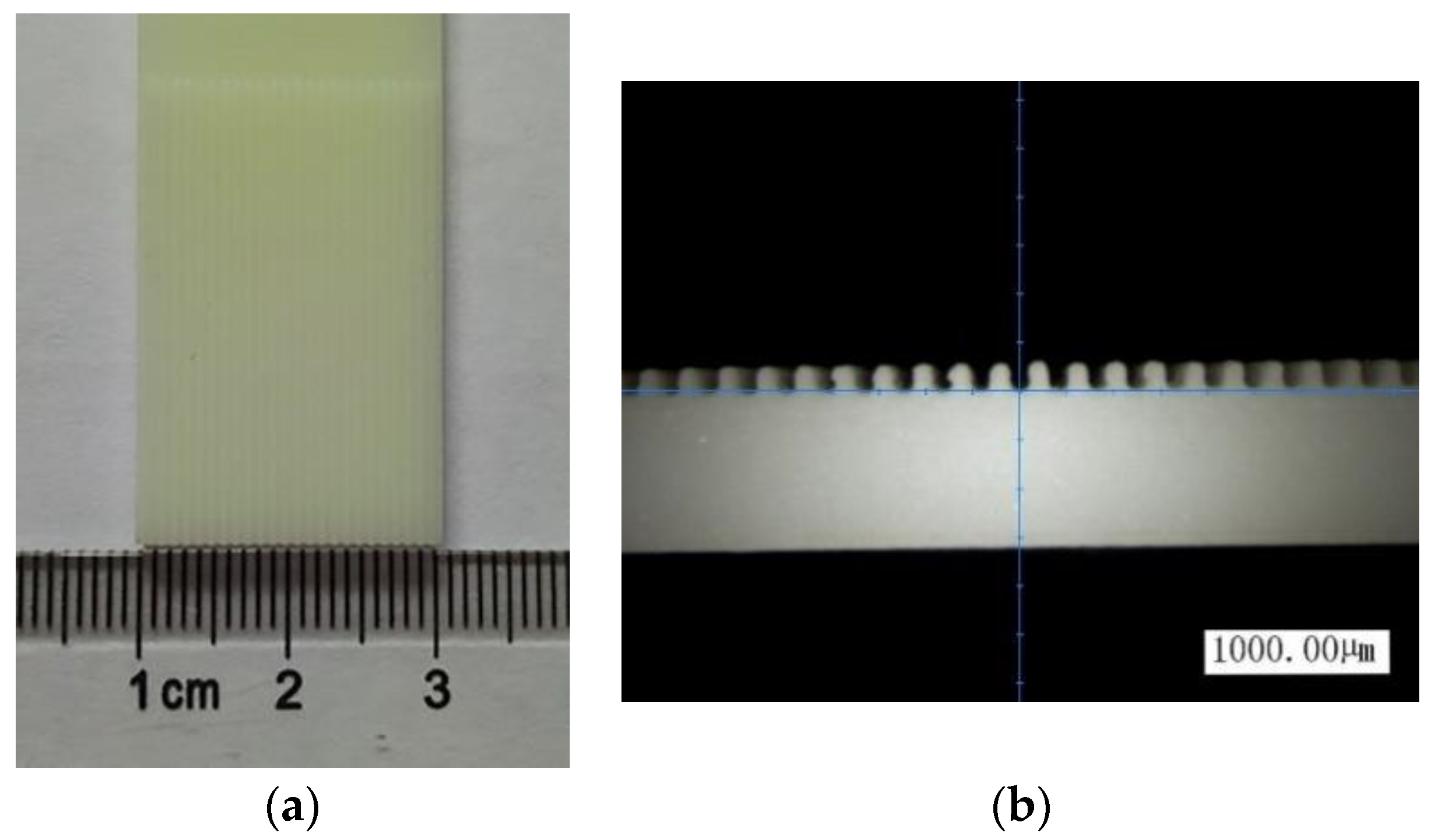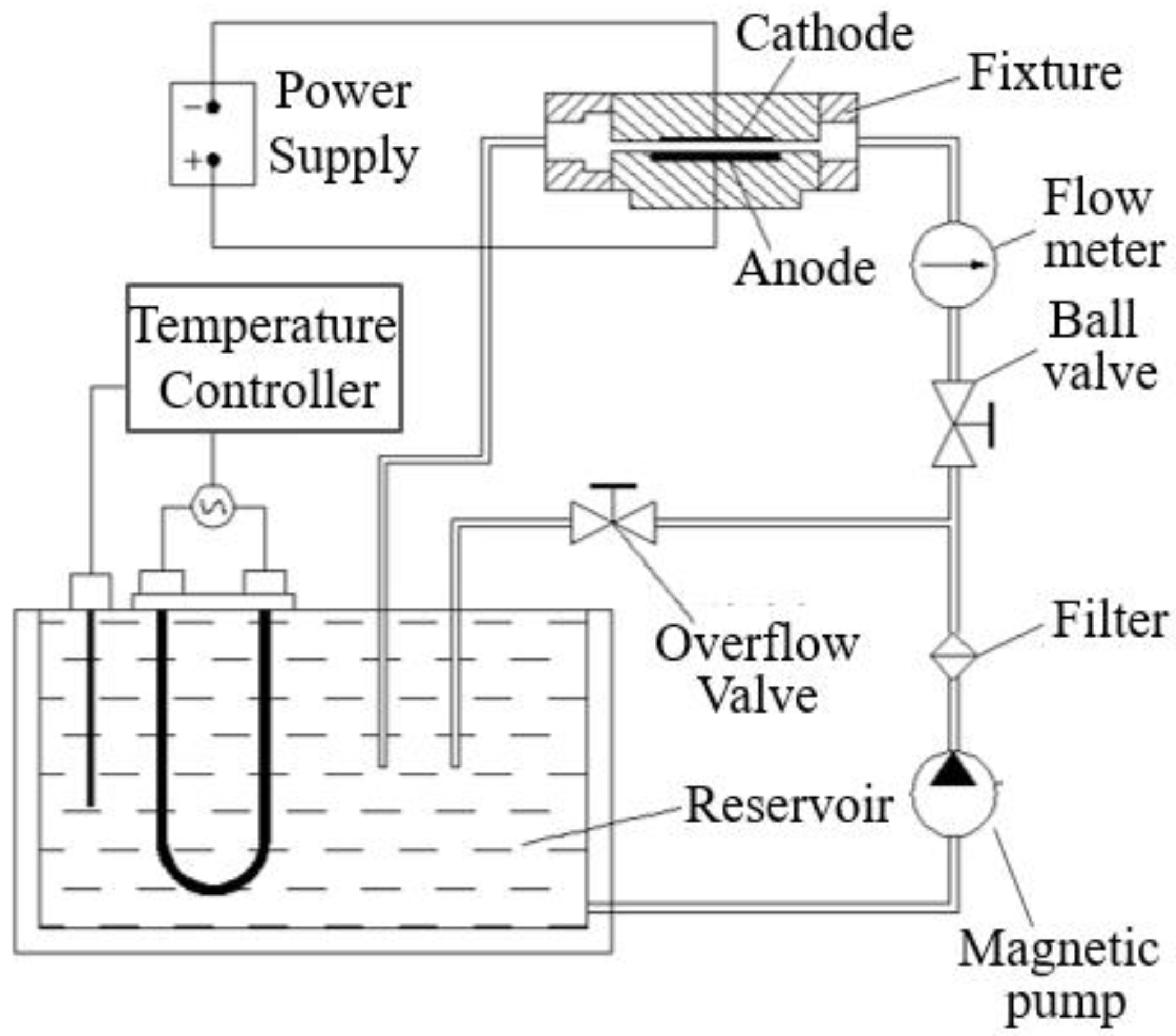Chinese researchers are experimenting with new ways to 3D print using metal, outlining their findings in the recently published ‘Experimental Study on Three-Dimensional Microstructure Copper Electroforming Based on 3D Printing Technology.’ In this research, they combined 3D printing and special machining technology in the form of electroforming, fabricating a substrate first and then the required microstructures.
While 3D printing is rapidly making its mark in nearly every industry today, electroforming is relied on in applications for making precision molds, weapons, components for aerospace, and more. For this type of research and development, the greatest benefit 3D printing offers is that prototypes and parts can be made without molds. With the combination of the two fabrication techniques, cathode preparation is simplified, and processing time is decreased for industrial users. In this study, the researchers relied on a pulsed current in electroforming.
For fabricating microstructures, the researchers first created 3D designs of the desired microstructures, and then 3D printed a non-metal substrate, coated with conductive silver paint. After electroforming, samples for the research study went into the oven for ten minutes to loosen the substrate from the electroformed layer, resulting in quality 3D microstructures.

Outline of the steps involved in fabricating the microstructure using 3D printing and electroforming technology.
Electroforming equipment is comprised of the following:
- Power source
- Temperature controller
- Reservoir
- Electrode fixture

Substrate fabricated by 3D printing technology. (a) substrate and (b) cross-section of the substrate.
After electroforming, the layers were dissected and sliced into 5 mm × 5 mm segments, via electrical discharge machining. The pieces were then ground and polished, with the microhardness of the copper layers measured with a TMVS-1 digital microhardness tester.
Influence of density on the electroformed layers occurred with the cathode directly affecting ‘nucleation rate and growth rate’ of grains.
“Under the condition of distance between electrodes of 40 mm, with the increase of current density, the Cu grains on the surface of the electroformed copper layer was refined and then coarsened,” explained the researchers. “Under a current density of 6 A/dm2, the surface of the electroformed copper layer was most uniform and dense. When the current density was low, the deposition rate was slower.”
As current density was increased, microhardness of the electroformed layers decreased. Ultimately, researchers noted that for the metal materials used in their study, strength in mechanical properties relied on suitable grain size and density.
Distance between electrodes was critical, establishing resistance, and how it affected the surface current of the cathode—an area with the potential to cause internal stress and consequent cracking.

Cross-section of micro-grooves. (a) Electroformed micro-grooves with direct current and (b) electroformed micro-grooves with pulse current.
“Through experimental analysis, the current density and distance between electrodes had a certain influence on the surface morphology and microhardness of the electroformed layer,” concluded the researchers. “The use of pulse current for electroforming experiment could improve the quality and uniformity of micro-groove forming and improve the cavity generated by DC current electroforming. The uniform, voidless micro-grooves could be fabricated with the peak current density of 6 A/dm2, the duty ratio of 20%, and the distance between electrodes of 40 mm.”
3D printing with other techniques such as electroforming is becoming more popular today as researchers, manufacturers, and other users are resourceful in finding ways to successfully fabricate a wide range of prototypes and parts for their specific products, projects, and innovations. 3D printing with metal is becoming more widely used, along with copper as it is used to create composites with other materials like PLA, parts like copper induction coils, parts with anti-microbial properties, and more.
What do you think of this news? Let us know your thoughts! Join the discussion of this and other 3D printing topics at 3DPrintBoard.com.
[Source / Images: ‘Experimental Study on Three-Dimensional Microstructure Copper Electroforming Based on 3D Printing Technology’]Subscribe to Our Email Newsletter
Stay up-to-date on all the latest news from the 3D printing industry and receive information and offers from third party vendors.
You May Also Like
3D Printing News Briefs, April 13, 2024: Robotics, Orthotics, & Hypersonics
In 3D Printing News Briefs today, we’re focusing first on robotics, as Carnegie Mellon University’s new Robotics Innovation Center will house several community outreach programs, and Ugogo3D is now working...
Rail Giant Alstom Saves $15M with 3D Printing Automation Software 3D Spark
3D Spark has entered into a three-year deal with the rail giant Alstom. Alstom, a transport behemoth with annual revenues of $16 billion, specializes in the manufacture of trains, trams,...
Meltio Expands Global Reach with New Partnerships in the Americas and Europe
Spanish 3D printing manufacturer Meltio has expanded its sales network across the globe. With the addition of three new partners in the United States, Brazil, Argentina, and Italy, Meltio aims...
3D Printing Webinar and Event Roundup: April 7, 2024
Webinars and events in the 3D printing industry are picking back up this week! Sea-Air-Space is coming to Maryland, and SAE International is sponsoring a 3D Systems webinar about 3D...




































